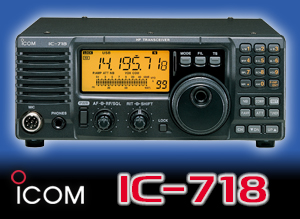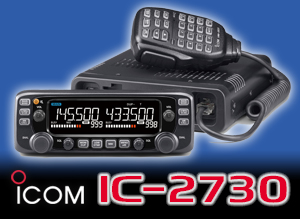Propagation News – 6 July 2025
It looks like the Space Weather Prediction Centre, which supplies the forecasts for NOAA, were overly cautious last week.
Despite predicting geomagnetic disturbances, we had quite a calm week. The Kp index rose to 3.33 on a few occasions, but that was it. We ended up with settled geomagnetic conditions and a solar flux index in the 120 to 130s. A warning about the impact of a coronal mass ejection, or CME, which left the Sun on the 28 June, appeared to come to nothing.
This made a much-needed change to the unsettled conditions of previous weeks.
As a result, maximum useable frequencies, or MUFs for short, over a 3,000km path have been above 21MHz at times. At night, MUFs over the same path have been consistently above 14MHz, which is normal for this time of year.
In the summer we can expect to see nighttime MUFs being consistently higher than in the winter, due to a change in ionospheric chemistry. Unfortunately, this also means that daytime MUFs are lower than in winter, leaving 28MHz open to Sporadic-E instead.
According to DXMaps.com, it appears that most Sporadic-E openings on the 10m band have favoured the southeast of the UK towards Italy, Turkey and Greece.
Back to F2-layer propagation now. On the 20m band, E51JD, operating from the South Cook Islands, was spotted on SSB by Laurie, G3UML on Thursday morning. KH7AL/KH9 on Wake Island, and T30TTT on Kiribati, have also been worked on the 20m band using FT8.
Next week, NOAA predicts that the solar flux index will be in the 125 to 145 range. Geomagnetic conditions are predicted to be quiet, apart from the period around the 11 and 12 July when the Kp index may rise to 4.
VHF and up
This hot weather has provided some nice marine Tropo around the coasts recently as hot dry air advects across the cooler moist surface layer.
We have also been able to see the duct move inland in the evenings. The hybrid weather pattern of low pressure to the north of Britain and high pressure to the south will continue to produce some Tropo paths, particularly across the Channel, Biscay and North Sea.
Northern areas of Britain will see occasional fronts and active weather systems, together with breezier weather, making Tropo unlikely here. The higher pressure to the south means that rain scatter may not feature much unless isolated thunderstorms develop when weak weather fronts eventually reach these southern areas.
In the north it’s a different matter and there could be some heavier rain that might produce some rain scatter on the GHz bands.
Meteor scatter did well during June with several important showers to boost chances. July offers two showers. The first is the low-hourly-rate Alpha Capricornids and the second is the Delta Aquariids. Both of these peak around the 30 July so we have a while to wait.
There have been some minor auroral events recently and it’s always possible that solar activity could lift the Kp index high enough, but we are not expecting great things. Keep a check on the Kp index at spaceweather.com to see if anything is happening.
The Sporadic-E season has had occasional good days but, for much of the time, the focus of activity has been too far into Europe for the whole country to take advantage of it. To begin the coming week, the position of the jet streams suggests paths to northern Europe and the Baltic will offer best results. Later in the week, the emphasis shifts to the Balkans and Italy, and then to Iberia.
The Moon reaches apogee tomorrow, the 7 July, where path losses are at their highest. Moon declination is negative all week with the lowest, or the most negative, on Wednesday 9 July. 144MHz sky noise is moderate but increasing to a high of around 2,300 Kelvin on Wednesday.
Category: GB2RS Propagation News











